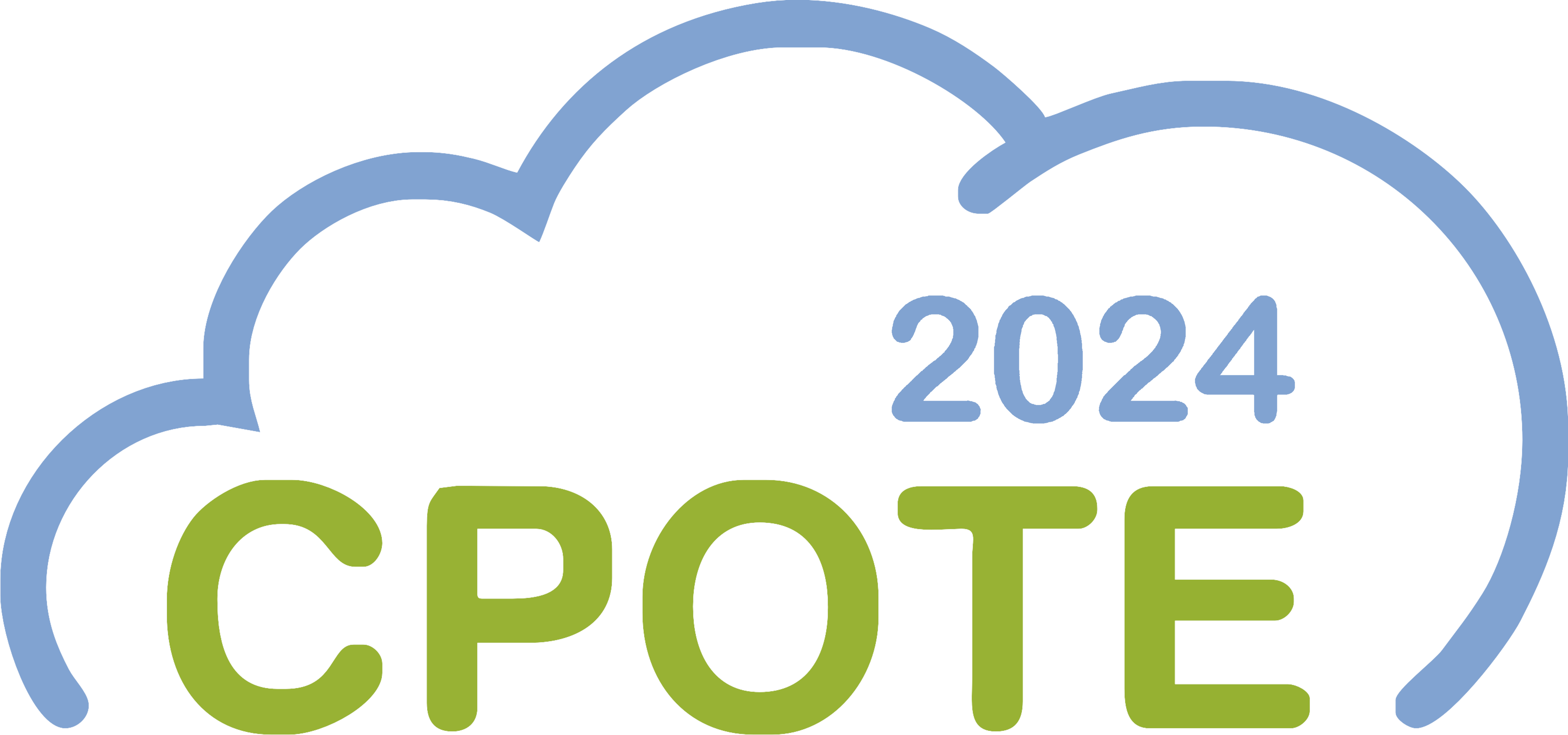
CPOTE2024
|
8th
International Conference on
Contemporary Problems of Thermal Engineering
23-26 September 2024 | Gliwice, Poland | Hybrid event
Contemporary Problems of Thermal Engineering
23-26 September 2024 | Gliwice, Poland | Hybrid event
Abstract CPOTE2024-1018-A
Heavy building envelope vs. PCM - impact on indoor temperature and cooling energy consumption during heat waves
Tadeusz KUCZYŃSKI, University of Zielona Gora, PolandAnna STASZCZUK, University of Zielona Gora, Poland
Marta GORTYCH, University of Zielona Gora, Poland
The aim of this paper was to evaluate the effects of using PCMs on internal temperatures and cooling energy consumption during heat waves in a building located in a temperate climate. In the experimental room, the internal surfaces of the lightweight walls and roof structures were lined with PCMs with a melting range of 22-27°C at a rate of approximately 39.5 kg/m2. In the controlled room, the lightweight construction of walls and roof were applied. During 2 heatwaves in the summer of 2022, with a total of 10 days and an average outside temperature of 24.1 C, the application of the PCM reduced the average maximum indoor temperature during the day by about 0.9°C and increased the average minimum temperature at night by about 0.2°C compared to the reference room. During a 7-day heat wave in the summer of 2023, with an average outdoor temperature of 24.1 C, the energy consumption of the experimental and control rooms differed significantly from day to day, ranging from -10 % to +15 %. However, its total consumption during the heat wave was virtually the same in both rooms. The results of the study indicate that even when maximum amounts of PCM are used, with a range of optimum melting temperatures that best matches the predicted summer indoor temperatures, the effectiveness of their use to counteract overheating in free-running buildings is low. The optimum temperature range of the PCM's phase transition is much narrower than the range of indoor temperature variation in summer, making it relatively unlikely that its full potential will be realised. The results also show that the use of PCMs in air-conditioned buildings during heat waves has no effect on cooling energy consumption.
Few experimental studies have evaluated the effectiveness of the use of PCMs in reducing excessive temperatures and cooling energy consumption in buildings in temperate climates during the summer months. Even less research has been carried out in this area during heat waves. In the scientific literature, the use of PCMs for this purpose is widely recommended, but in the studies presented here, PCMs were found to be ineffective in this respect.
Keywords: PCMs, Heat waves, Energy consumption, Indoor temperatures, Experimental studies